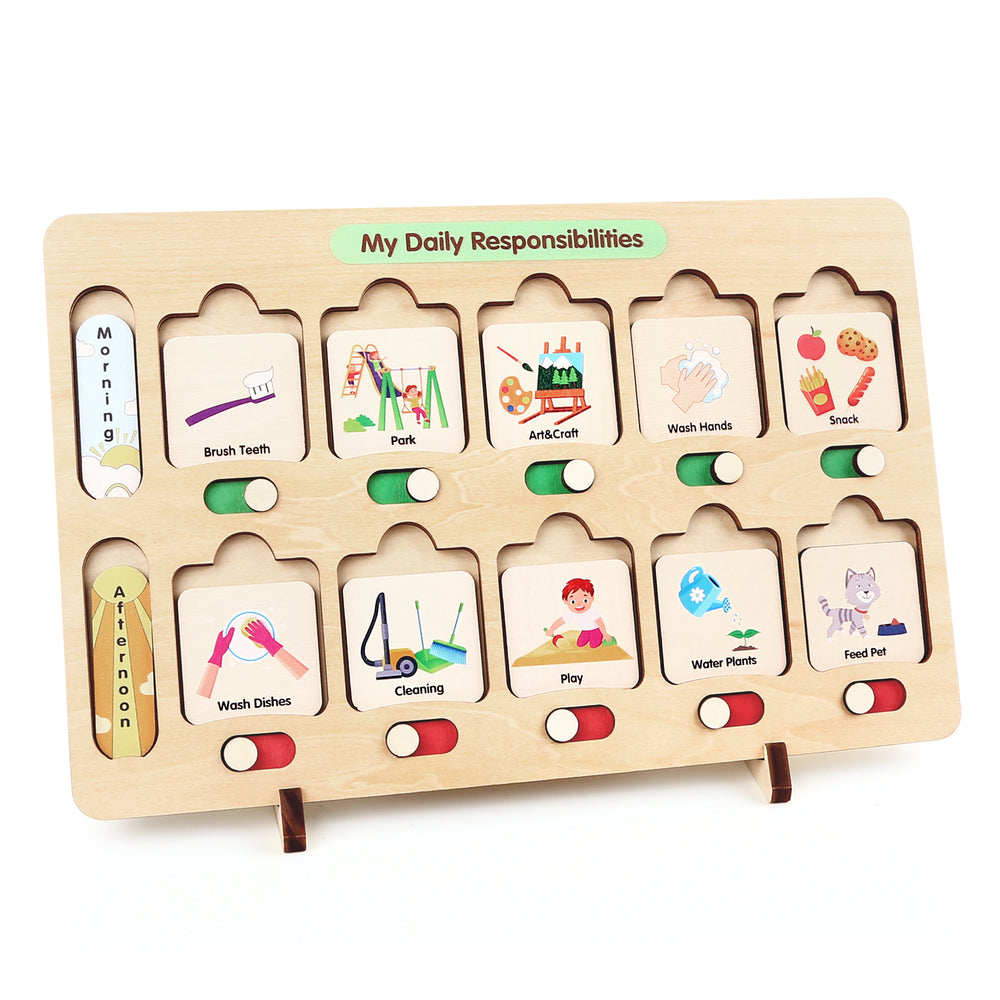How AAC Devices Support Users with Autism, SCD, or Speech Challenges
Augmentative and Alternative Communication (AAC) devices are transformative tools for individuals with autism, Social Communication Disorder (SCD), or speech challenges. These devices bridge communication gaps, empower users, and enhance their ability to interact with the world. Here’s a detailed exploration of how AAC devices provide support and improve lives.
1. What Are AAC Devices?
AAC devices are tools designed to assist individuals who have difficulty with verbal communication. They range from low-tech options (e.g., picture boards, PECS) to high-tech solutions (e.g., speech-generating devices, apps). AAC devices can be customized to meet the unique needs of users, making communication more accessible and effective.
2. Benefits of AAC Devices
AAC devices offer numerous advantages for individuals with autism, SCD, or speech challenges:
- Enhanced Communication: Users can express their thoughts, needs, and feelings, reducing frustration and fostering independence.
- Social Interaction: AAC devices facilitate participation in conversations, group activities, and social events.
- Cognitive Development: These tools support language acquisition, literacy, and cognitive skills by providing visual and auditory feedback.
- Emotional Well-Being: By enabling self-expression, AAC devices boost confidence and reduce anxiety related to communication barriers.
- Educational Support: AAC devices help students access the curriculum and engage in classroom activities.
3. How AAC Devices Support Specific Conditions
Autism
- Overcoming Speech Difficulties: Many autistic individuals are nonverbal or minimally verbal. AAC devices provide alternative ways to communicate, such as through symbols, pictures, or synthesized speech.
- Encouraging Social Interaction: Devices with social scripts or pre-programmed phrases help users initiate and maintain conversations.
- Reducing Sensory Overload: AAC systems often use visual cues, which can be less overwhelming than auditory-heavy communication methods.
Social Communication Disorder (SCD)
- Clarifying Social Cues: AAC devices can include visual supports like icons or videos to explain social norms, emotions, or conversational rules.
- Facilitating Turn-Taking: Features like message sequencing help users understand the rhythm of conversations.
- Building Confidence: By providing structured communication tools, AAC devices help individuals with SCD feel more confident in social settings.
Speech Challenges
- Replacing Verbal Speech: For individuals with conditions like apraxia or dysarthria, AAC devices serve as their primary mode of communication.
- Improving Articulation: Some high-tech AAC devices offer speech therapy features to help users practice and improve their verbal skills.
- Emergency Communication: AAC devices can include quick-access buttons for urgent needs like calling for help or expressing pain.
Refer:https://joyrealtoys.com/blogs/news/scd-vs-asd-key-differences-how-aac-devices-improve-communication
4. Types of AAC Devices
There are various AAC devices tailored to different needs and abilities:
Low-Tech AAC
- Picture Boards: Simple boards with images or symbols that users point to.
- PECS (Picture Exchange Communication System): A system where users exchange pictures to communicate.
High-Tech AAC
- Speech-Generating Devices (SGDs): Portable devices that produce synthesized speech when users select symbols or type messages.
- Tablet-Based Apps: Apps like Proloquo2Go or TouchChat turn tablets into powerful AAC tools.
Specialized AAC
- Eye-Tracking Devices: For individuals with limited motor skills, these devices allow communication via eye movements.
- Switch Access Systems: Devices operated by switches for users with physical disabilities.
5. Implementing AAC Devices
To maximize the effectiveness of AAC devices, follow these steps:
- Assessment: Work with a speech-language pathologist (SLP) to identify the most suitable device based on the user’s abilities and needs.
- Customization: Tailor the device’s vocabulary, layout, and settings to match the user’s preferences and communication goals.
- Training: Teach the user, caregivers, and educators how to use the device effectively.
- Integration: Incorporate AAC devices into daily routines, therapy sessions, and educational activities.
- Monitoring: Regularly assess progress and update the device as the user’s skills evolve.
6. Challenges and Solutions
While AAC devices are powerful tools, there are challenges to consider:
- Cost: High-tech devices can be expensive. Solutions include grants, insurance coverage, or open-source apps.
- Learning Curve: Training and practice are essential for users and caregivers to become proficient.
- Stigma: Some individuals may feel self-conscious about using AAC devices. Address this by promoting awareness and normalizing AAC use.
- Technical Issues: Ensure the device is reliable and backed by technical support.
7. Success Stories
AAC devices have transformed lives:
- Case 1: A nonverbal autistic child used a speech-generating app to express his needs for the first time, reducing his frustration and improving his behavior.
- Case 2: An adult with SCD used an AAC device to navigate job interviews successfully, showcasing her skills and landing a position.
- Case 3: A teenager with apraxia used an eye-tracking device to communicate with classmates, fostering friendships and inclusion.
Joyreal AAC Communication Devices: A Game-Changer for Autism, SCD, and Speech Therapy
The Joyreal AAC Communication devices is an innovative and user-friendly AAC device for autism designed to empower individuals with communication challenges. Whether you’re supporting someone with autism, Social Communication Disorder (SCD), or speech difficulties, this tool offers a simple yet effective solution to bridge communication gaps.
For Autism:
The customizable picture symbols and voice recording bridge the communication gap commonly faced by nonverbal or minimally verbal individuals. The device helps reduce meltdowns by enabling instant needs expression and is described as bridging the gap between tools like PECS cards and verbal communication.
For SCD and Other Speech-Related Challenges:
Users with SCD often need help with social language skills rather than basic vocabulary. The device's programmable nature allows caregivers to add contextually appropriate phrases for greetings, conversation starters, and emotion expression, supporting pragmatic language development and social use of communication.
Ease of Use for All:
The AAC device is praised for its intuitive design, affordable price, and sturdy buttons sized for those with motor difficulties. This makes it accessible not only for children but also adults experiencing speech loss due to stroke or other conditions.
The Joyreal AAC Communication Tool is an excellent investment for anyone supporting individuals with autism, SCD, or speech challenges. Its simplicity, durability, and customization options make it a standout choice for fostering communication and independence. As one of the best AAC devices for autism, it ensures that nonverbal individuals can express themselves confidently and clearly. Give your loved one the gift of expression today!
Final Thoughts
Supporting individuals with autism, SCD, or speech challenges is a collaborative and ongoing journey. By embracing AAC devices, creating supportive environments, fostering social skills, and collaborating with professionals, you can make a profound difference in their lives. Remember, every small step toward effective communication counts—empowering individuals to express themselves, connect with others, and thrive in their communities.
With the right tools and strategies, individuals with communication challenges can overcome barriers and achieve their full potential. Let’s continue to advocate, educate, and support them on their unique paths.
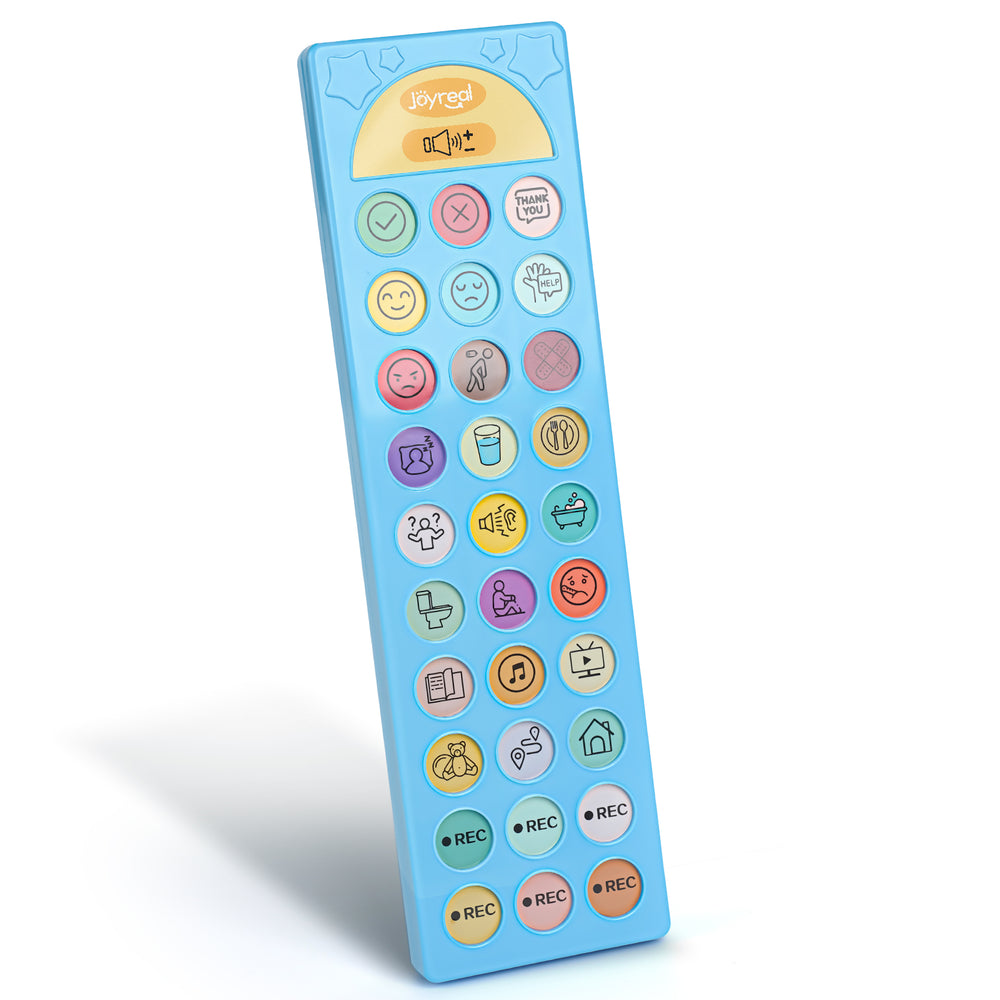
Maybe it will be helpful for you:
Recent Post
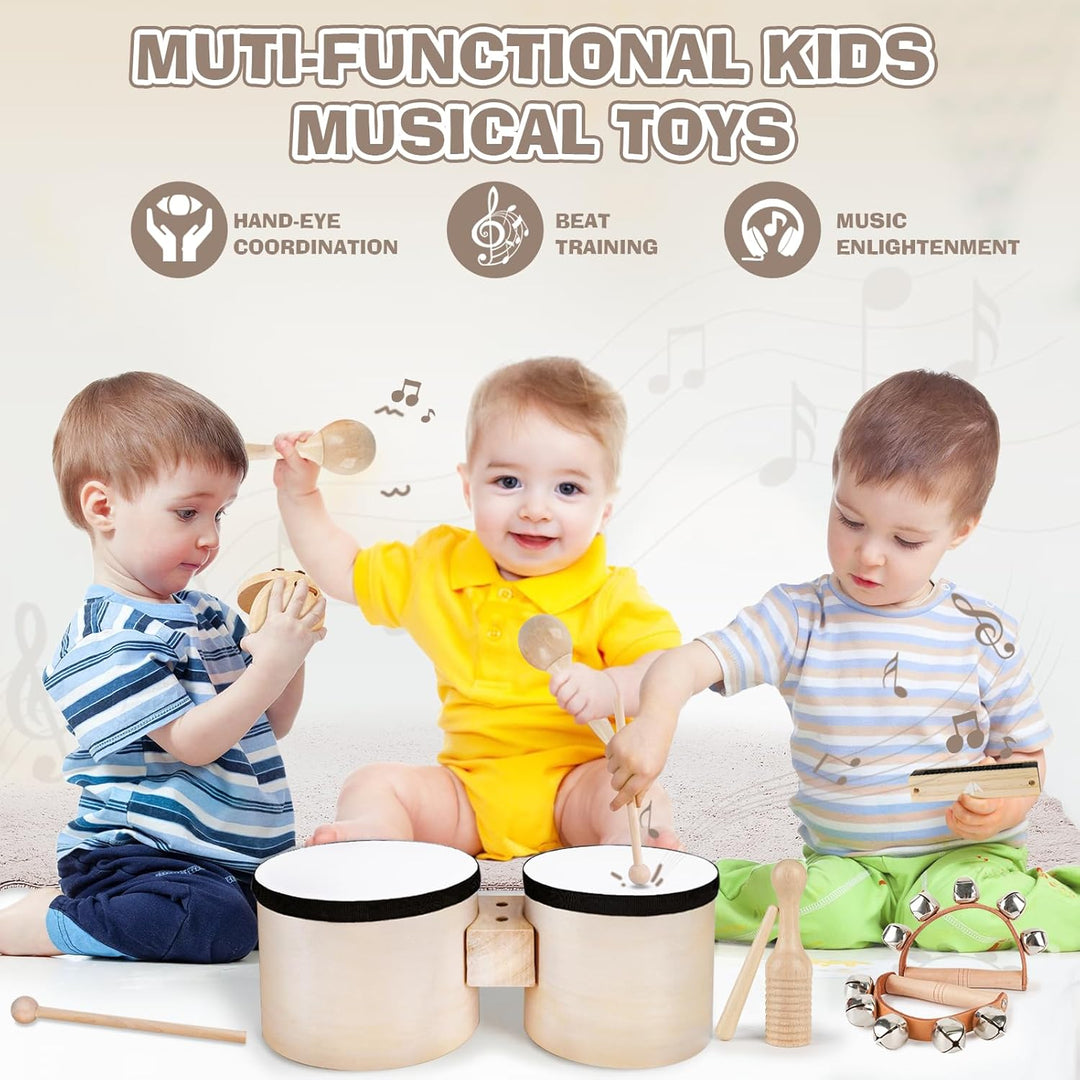
Sensory-Safe Sounds: A Parent’s Guide to Choosing Calming Music Toys
Music plays a significant and versatile role in supporting individ...
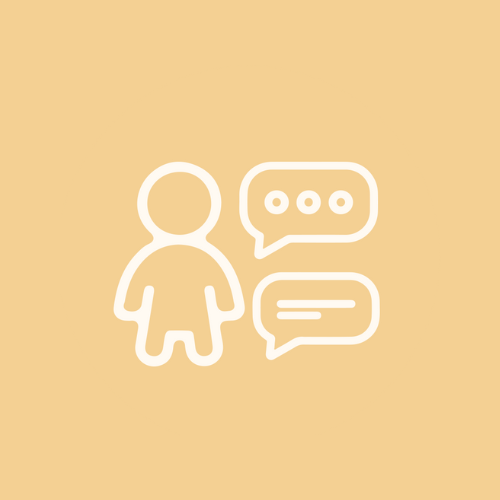
The Importance of Speech, Language, and Literacy in Shaping a Child's Future
From the first babbles to full sentences, a child’s language develo...
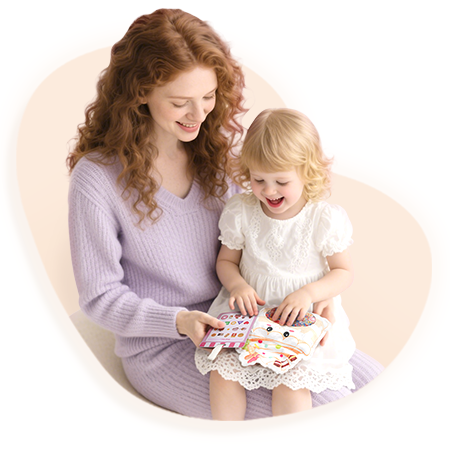
How Joyreal AAC 2.0 is a Game-Changer for Families Facing Autism Communication Challenges
Autism Spectrum Disorder (ASD) is a complex neurodevelopmental cond...
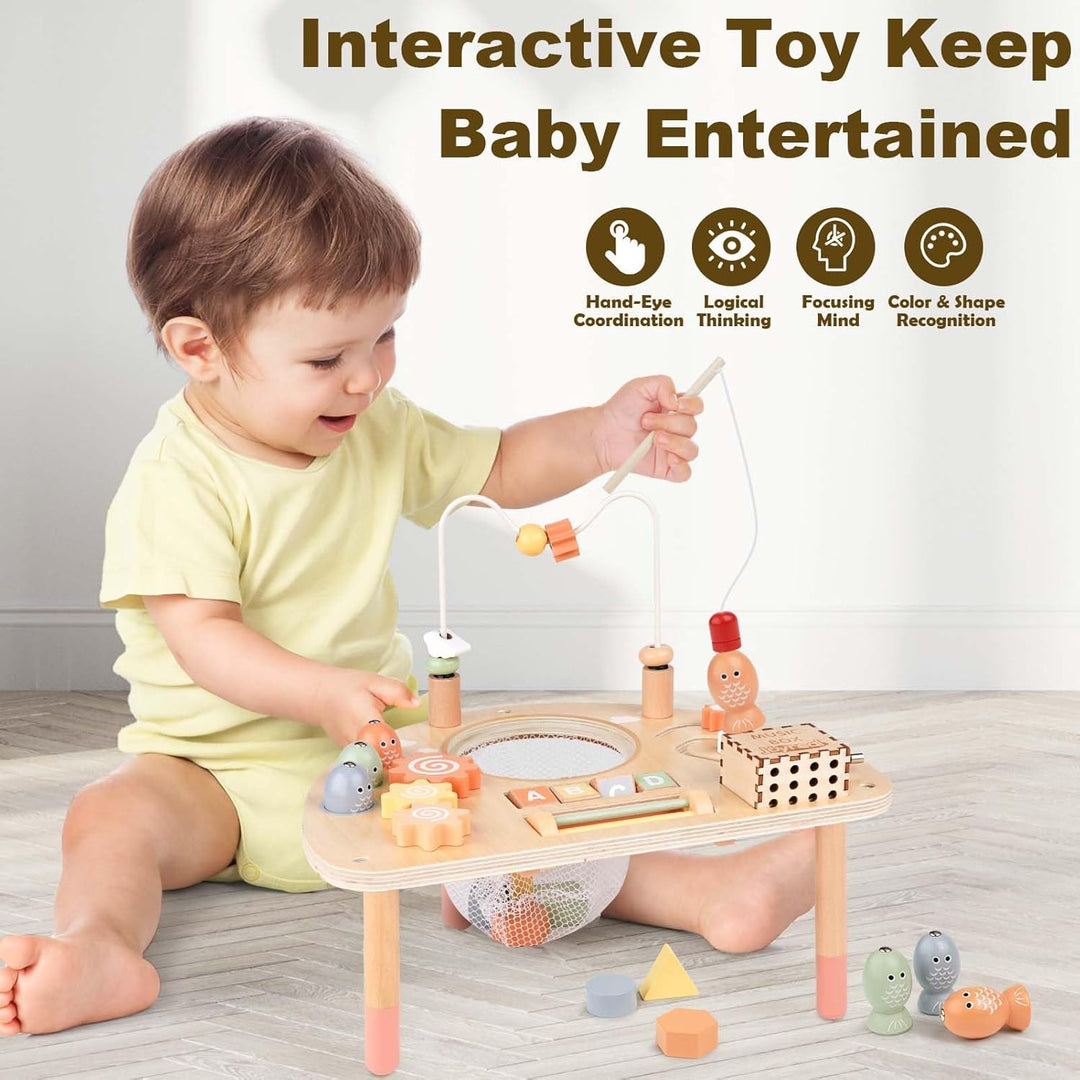
A Parent’s Guide to Sensory Play & Toys for Kids with ASD
Sensory toys play a crucial role in the lives of children with auti...
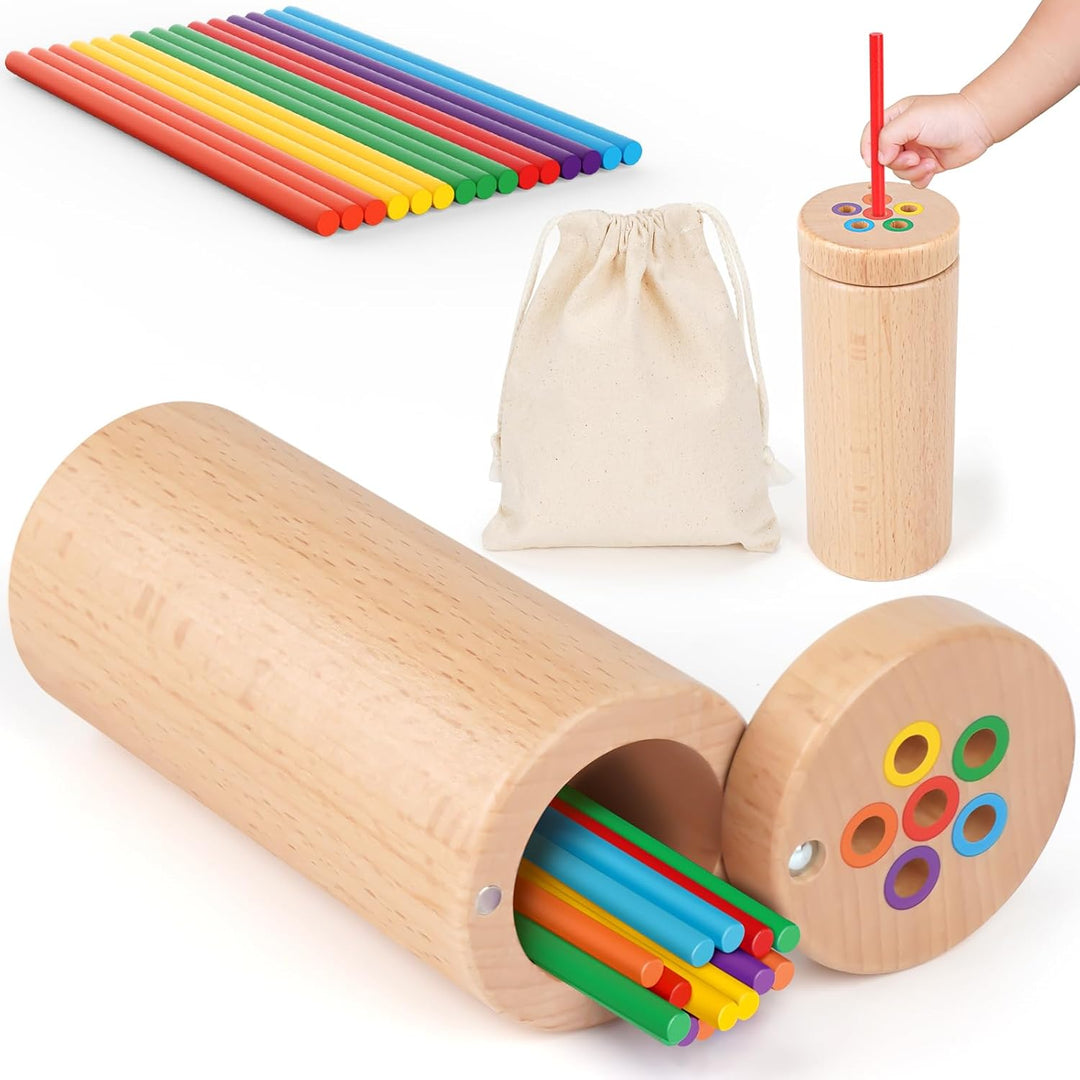
From Fun to Learning: The 2025 Top Toy Picks for Every Child
As we usher in the new year, there’s no better way to set your lit...

Why Play is Essential for Cognitive Growth in Children with Special Needs
The Role of Play in Enhancing Cognitive Skills for Children with Sp...

Back-to-School Prep for Children with Autism: A Parent’s Guide
Back-to-school season can be a time of excitement, stress, and unc...
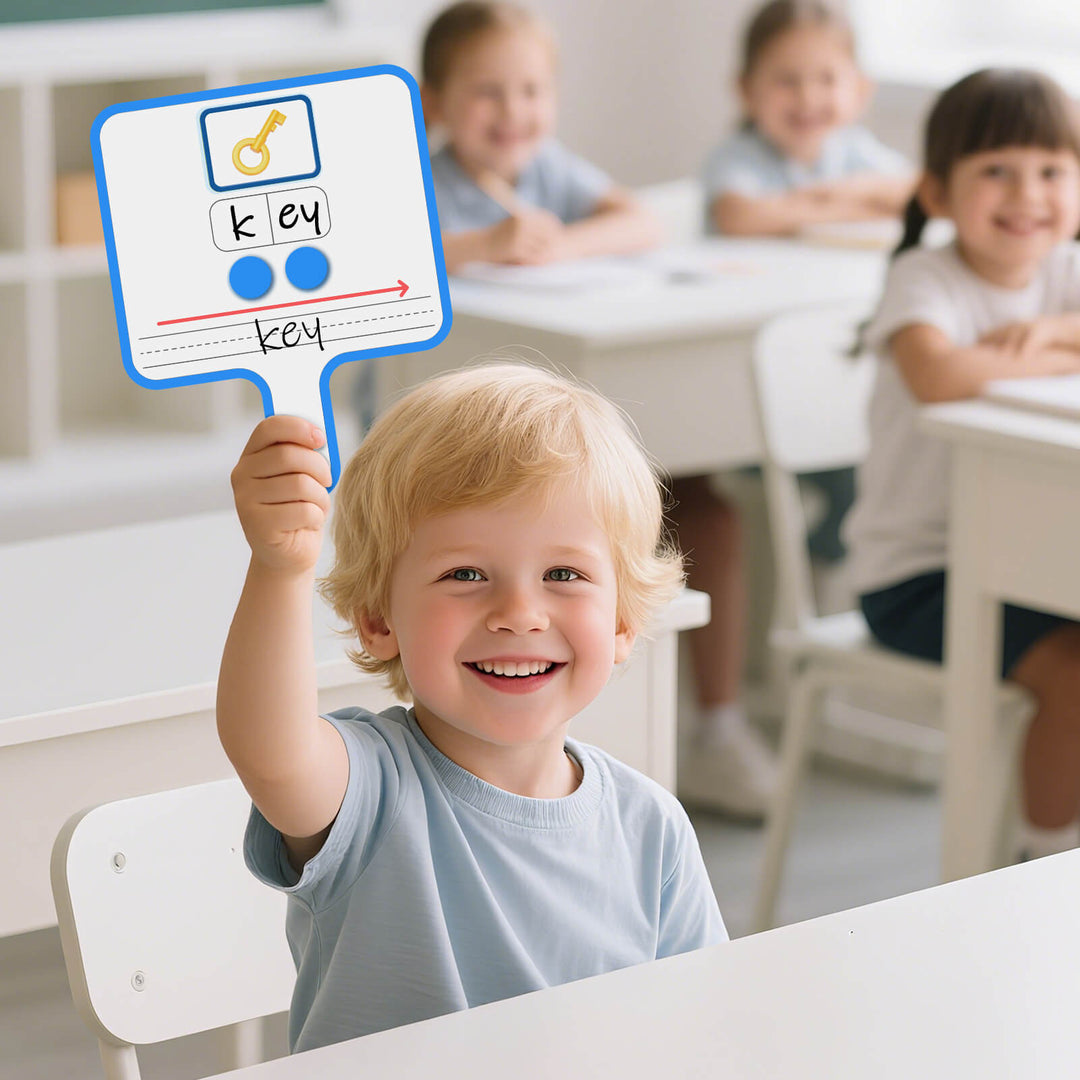
Starting Preschool: The Must-Have Back-to-School Checklist for Parents
As you check off pencils, folders, and lunchboxes from your back-t...

Joyreal Communication Device: The Top Choice for Autism Families
For many individuals with autism, speaking up can be a daunting c...
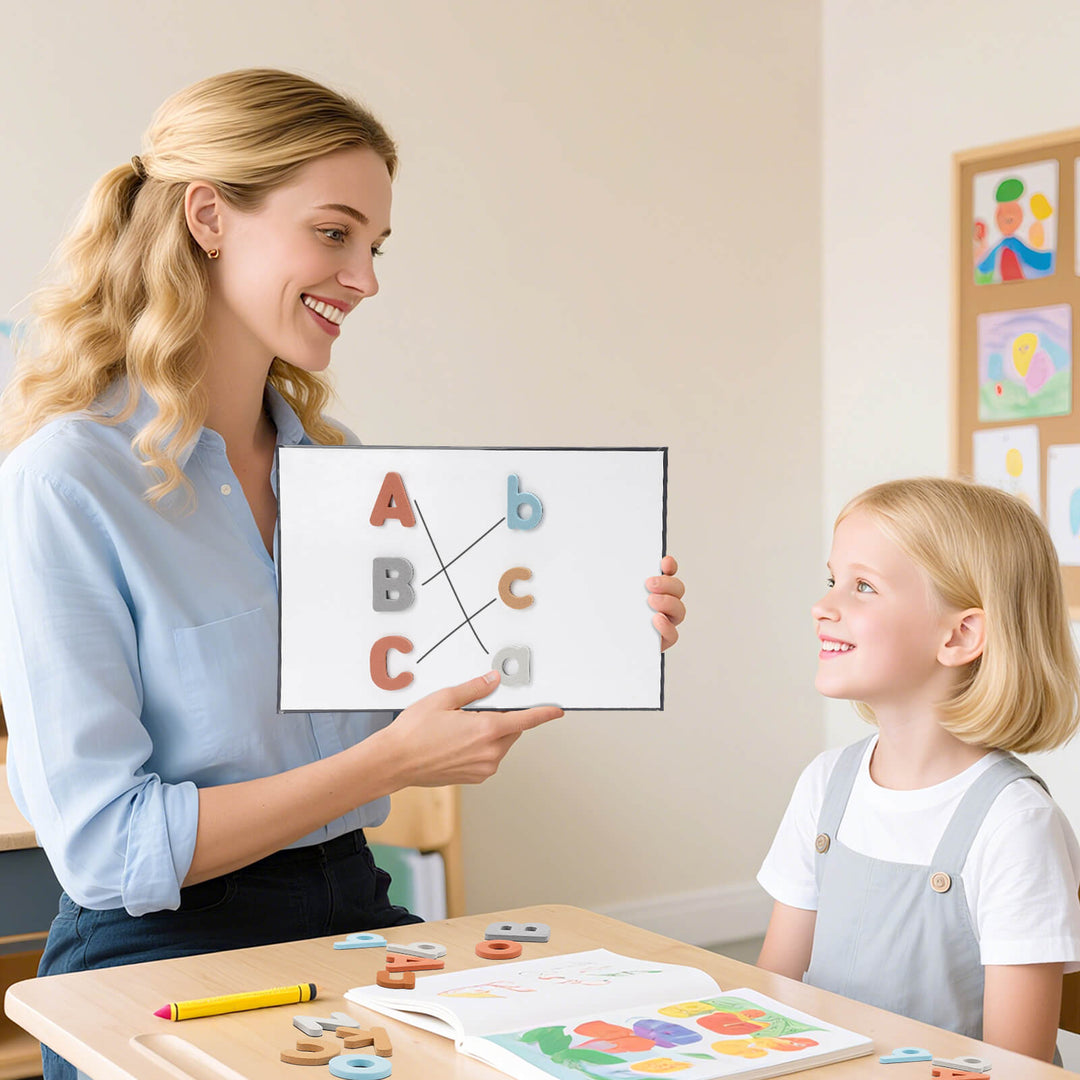
Where to Find Low-Cost Speech Therapy Tools: A Comprehensive Guide
Speech therapy plays a crucial role in helping individuals—especia...
















